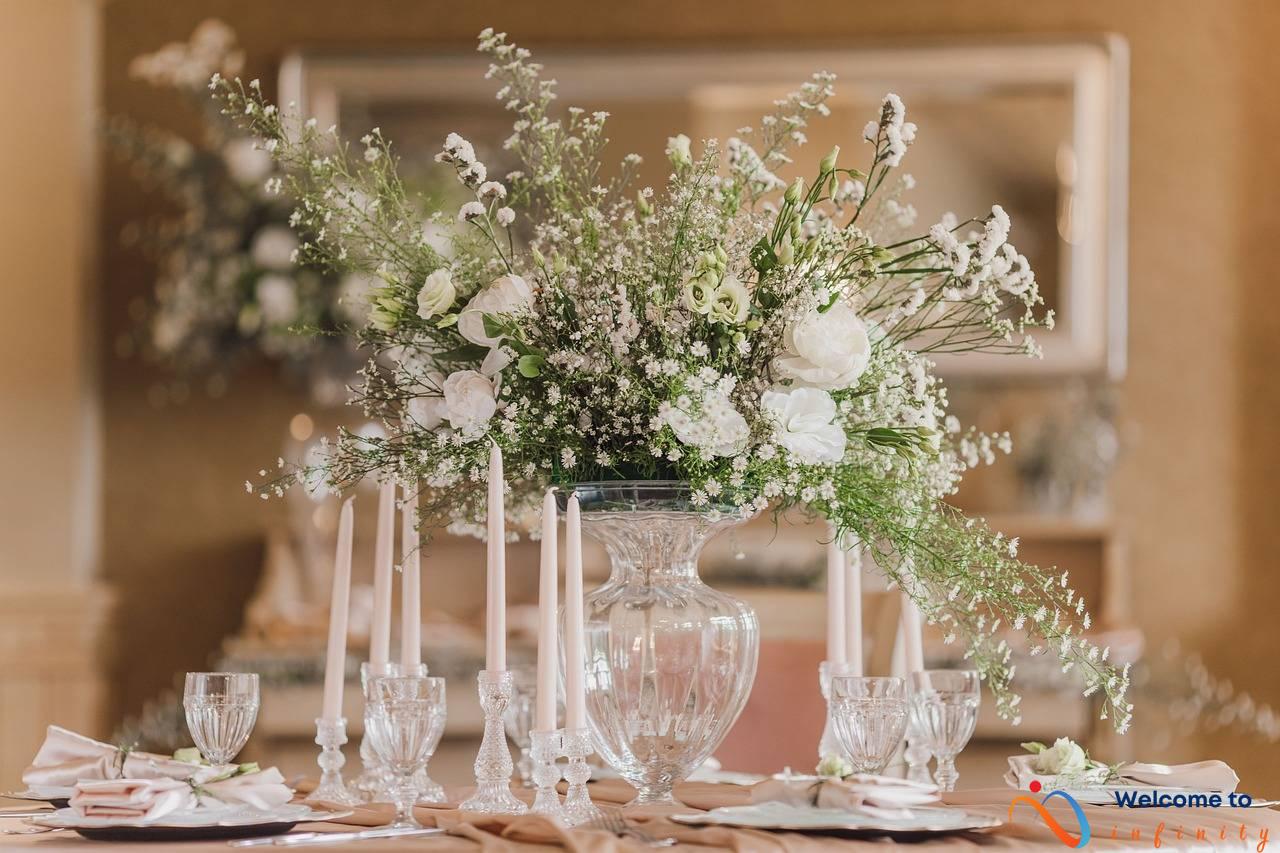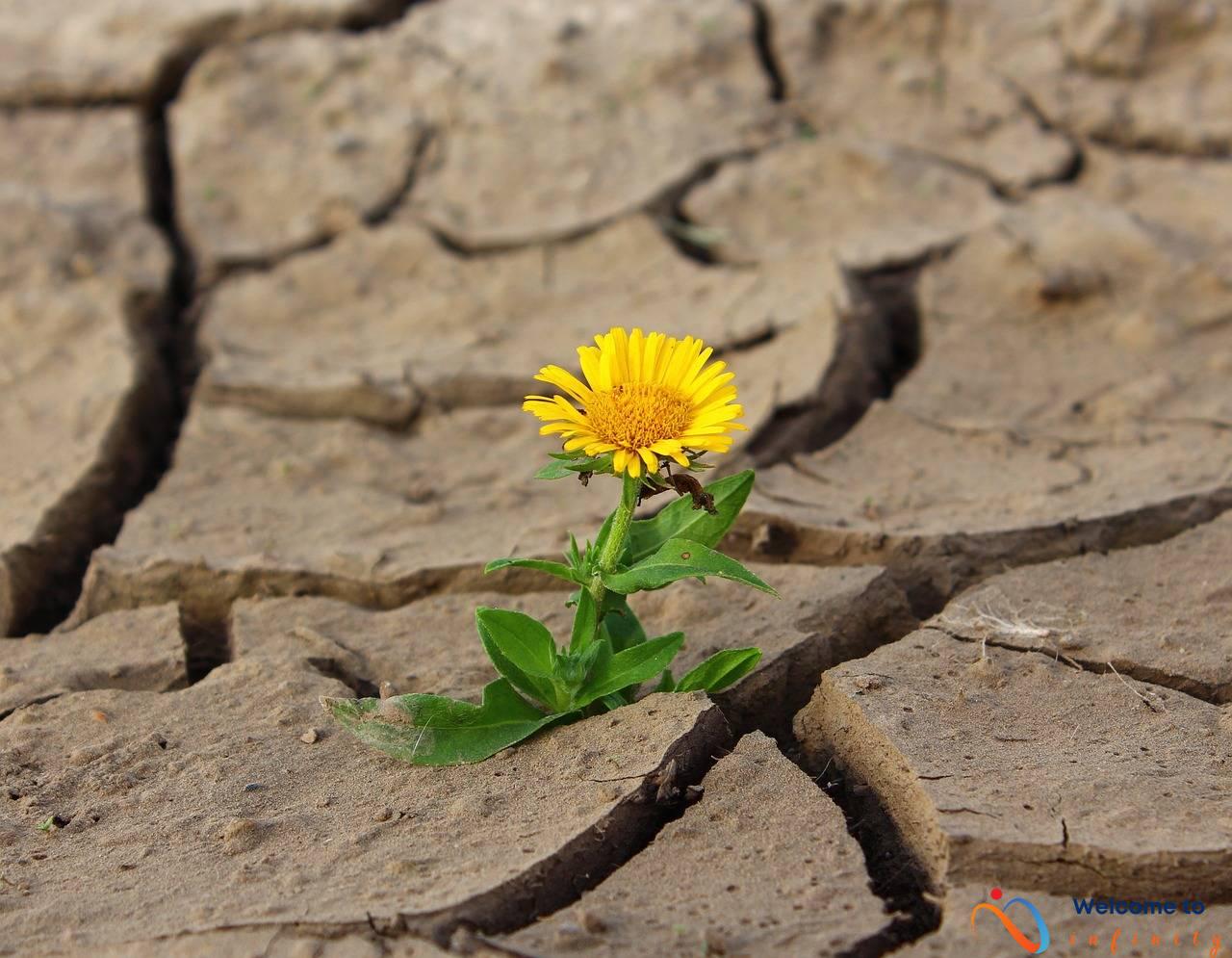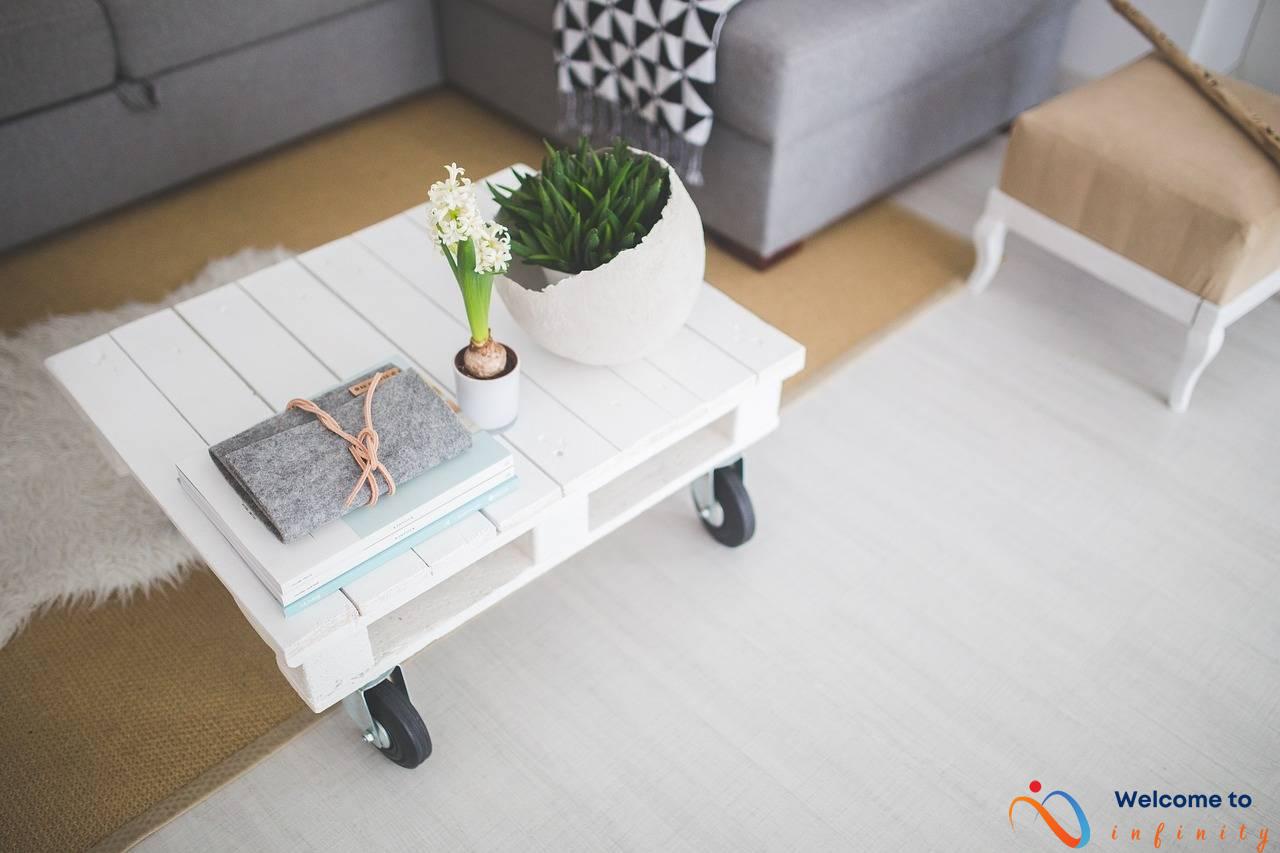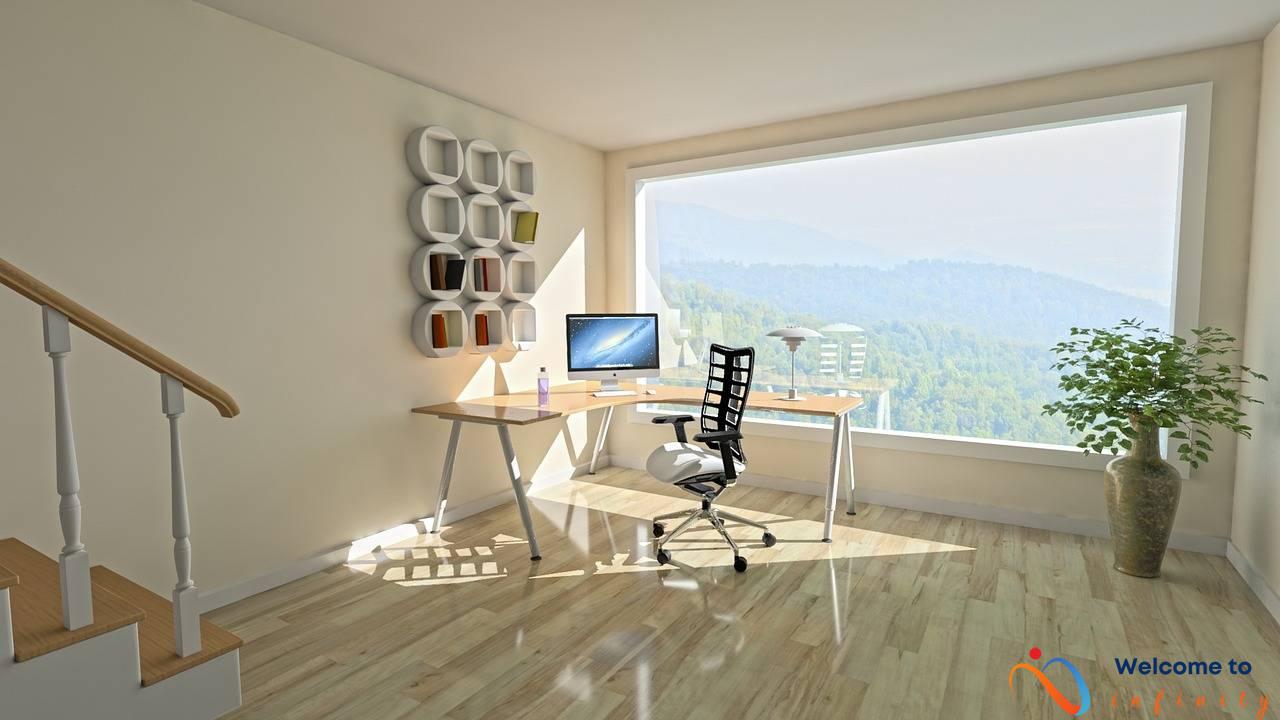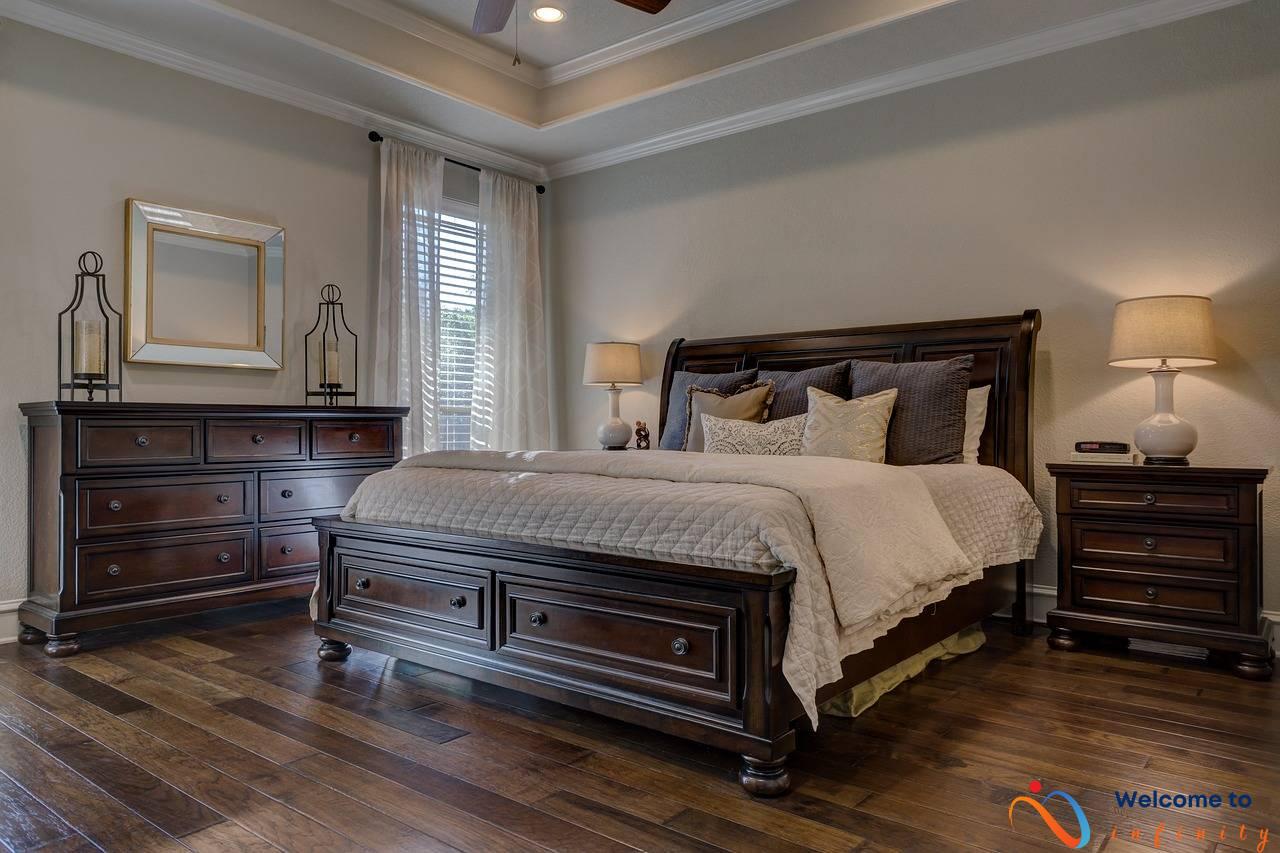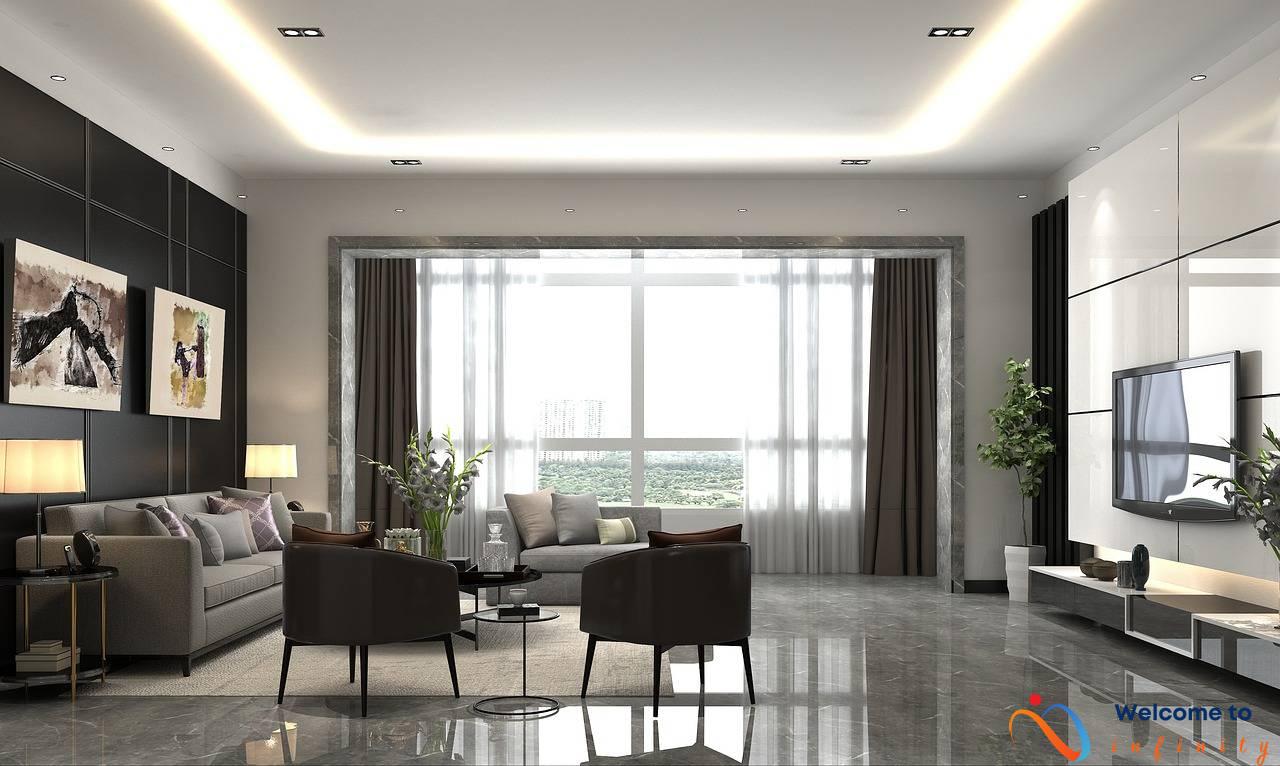In today's world, sustainability is becoming a major factor in many aspects of life. And, when it comes to creating a home, being eco-friendly is not only good for the environment but also a smart way to save money in the long term. But, what if you can achieve both sustainability and style in your home? That's right! In this article, we're going to explore some tips for creating a sustainable and stylish home that will impress your guests and make you feel good about your contribution to the planet.
The first step towards creating a sustainable and stylish home is to choose quality and sustainable materials that last for a long time. Eco-friendly materials such as wood, bamboo, and cork are great choices as they are biodegradable and recyclable. Also, they give an elegant and timeless look to the home. using sustainable materials shows that you care about the planet and, at the same time, add value to your home.
Another step is to invest in energy-efficient appliances and light fixtures. ENERGY STAR certified appliances consume less power and help reduce monthly bills, which is a significant benefit in the long run. Additionally, installing solar panels can help generate renewable energy while reducing your dependence on fossil fuels. Using LED bulbs instead of incandescent bulbs reduces energy use, lasts longer, and emits less heat.
The third step is to optimize natural lighting. Utilizing daylight reduces the need for artificial lighting and is beneficial for your health. Engaging in small actions such as positioning windows to maximize natural light or installing a skylight can significantly improve your home's aesthetic and efficiency. Lastly, repurposing old items like clothing, furniture, and glass jars, or composting can be a great way to add style with less impact on the planet.
Choose Quality and Sustainable Materials
Choosing eco-friendly and sustainable materials is essential when furnishing your home. Opting for materials like wood, bamboo, and cork can make a significant difference to the environment as they are recyclable and biodegradable, meaning they can decompose without causing harm to the planet.
Wood is a classic and versatile material that can be used for furniture, flooring, and even walls. Choosing Forest Stewardship Council (FSC) certified wood guarantees it has been sourced responsibly. Bamboo is another eco-friendly alternative as it is fast-growing and can be harvested without harming the plant. It's an excellent choice for furniture and flooring. Cork, on the other hand, is an ideal option for flooring as it's sustainable, anti-allergenic, and contains natural antimicrobial properties.
Investing in furniture made from recycled materials is another great way to reduce your carbon footprint. Recycling plastic and metal materials can significantly reduce landfill waste and contribute to the creation of eco-friendly furniture. Consider purchasing furniture that can be repurposed and transformed into something new when you feel like redecorating.
- Choose eco-friendly materials like wood, bamboo, and cork that are recyclable and biodegradable.
- Opt for FSC certified wood.
- Invest in furniture made from recycled materials.
When choosing paints and finishes for your home, choose eco-friendly options that contain low levels of Volatile Organic Compounds (VOCs). VOCs are chemicals present in paint, varnish, and other materials that release harmful toxins into the air, which can cause respiratory problems and other health issues.
By choosing quality and sustainable materials, you can create a stylish and eco-friendly home that makes a positive impact on the planet. Not only are you making a conscious effort to reduce your carbon footprint, but you're also supporting a more sustainable future.
Invest in Energy-Efficient Appliances
Investing in energy-efficient appliances not only benefits the environment but also helps homeowners save money on their monthly bills. These appliances, such as refrigerators, air conditioners, and washing machines, are designed to consume less power while providing the same functionality as their traditional counterparts. By reducing the amount of energy used, you can also decrease your carbon footprint, making your home more eco-friendly.
When selecting energy-efficient appliances, it's important to look for the Energy Star label. This label indicates that the appliance has been certified by the Environmental Protection Agency (EPA) for its energy-saving features. Energy Star appliances use 10-50% less energy than standard models, making them a smart choice for any home.
Another way to reduce energy consumption is to consider the size of your appliances. Choosing the right size can make a big difference in energy efficiency. For example, a small dishwasher may be sufficient for a family of two, while a larger family may require a bigger dishwasher. A larger appliance uses more energy, so choose the size that matches your needs to avoid wasting energy.
Finally, it's crucial to maintain your energy-efficient appliances to keep them running efficiently. regular cleaning and maintenance, such as changing air filters and checking for leaks, can keep your appliances running effectively and efficiently.
- Look for the Energy Star label to ensure energy efficiency.
- Choose the right size appliance for your household to avoid wasting energy.
- Maintain your appliances to keep them running efficiently.
Investing in energy-efficient appliances is a great way to reduce your home's energy consumption and save money on monthly bills. It's important to choose appliances that are the right size for your household and to maintain them properly. By doing so, you can help protect the environment and create a sustainable home that's stylish and eco-friendly.
Install Solar Panels
Installing solar panels in your home is becoming increasingly popular due to its enormous benefits to the environment. Solar panels capture sunlight and convert it into electricity, providing an excellent way to reduce your dependence on fossil fuels and lower energy bills!
Before installing solar panels, however, it is essential to determine whether your home gets enough sunlight as it is the source of power for solar panels. Factors such as shading, weather, and trees may affect the efficiency of solar panels. An expert can help you determine the suitability of solar installation in your home.
The cost of installation can be high, but the savings and benefits outweigh the cost in the long run. Government incentives, loans, and rebates are available to offset the installation costs and encourage more people to invest in solar energy.
Moreover, the use of solar panels reduces carbon footprint, lowers greenhouse gas emissions, and contributes to a cleaner planet. It's an excellent investment for homeowners who want to be part of the solution in promoting sustainable living for future generations.
Use LED Light Bulbs
Use LED Light Bulbs
Lighting is one of the primary sources of electricity consumption in homes. Traditional incandescent bulbs are energy-intensive and emit heat and UV radiation. In contrast, LED lights use less energy, last longer, and are environmentally friendly. Here are some benefits of using LED lights:
| Benefits of LED Bulbs | Traditional Incandescent Bulbs |
|---|---|
| Use up to 80% less energy | Use more energy and emit heat |
| Last up to 25 times longer | Have a shorter lifespan and need frequent replacements |
| Do not emit heat or UV radiation | Emit heat and UV radiation, which can damage the environment and cause health problems |
Aside from being energy efficient and long-lasting, LED lights are also versatile and come in various designs and colors to suit any style and preference. They are also mercury-free, making them environmentally friendly and safe for disposal.
Therefore, when you replace your existing bulbs, make the switch to LED lights and enjoy significant savings on your energy bills while reducing your carbon footprint.
Optimize Space and Natural Lighting
If you are looking to create a sustainable and stylish home, optimizing space and natural lighting is a great place to start. One of the easiest ways to do this is by positioning windows strategically to maximize the amount of natural light in your home. This not only reduces the need for artificial lighting, but it also brings warmth and a cozy atmosphere to your living space.
In addition to natural lighting, using space-saving furniture is also essential. Choose furniture that serves more than one purpose to save space. For example, instead of having a separate desk and bookshelf, consider a desk with built-in shelves. This not only saves space but also adds a stylish touch to your home.
If you need inspiration or ideas, tables and lists can be helpful in organizing your thoughts. Make a list of furniture items you want to replace or repurpose, and then research to find eco-friendly and sustainable options that fit your style.
Ultimately, optimizing space and natural lighting can transform your living space into a sustainable and stylish home. With a little creativity, you can create a cozy and inviting atmosphere without sacrificing style or eco-friendliness.
recycle and Repurpose
One of the best ways to create a stylish and sustainable home is to recycle and repurpose items that you would otherwise throw away. This not only helps to reduce waste but also adds a unique touch to your home decor. Instead of buying new items, consider giving old furniture, clothes, and other items a new lease on life with some simple DIY projects.
You can transform old glass jars into stylish candle holders or even use them as storage containers. Repurpose old clothes by turning them into napkins, tablecloths, or cleaning rags. You can also breathe new life into old furniture by refinishing or reupholstering it with eco-friendly fabrics like organic cotton and recycled fibers. Not only will this give your furniture a new and unique look, but it also reduces the amount of waste going into landfills.
If you have a backyard, consider creating a compost pit where you can dispose of organic waste like food scraps, leaves, and grass. Composting is an excellent way to create nutrient-rich soil that you can use to fertilize your plants and vegetables. You can also use old newspapers as mulch to keep your plants hydrated and healthy.
Get creative and think outside the box when it comes to repurposing. You can turn old bookshelves into stylish storage units or use old mason jars as planters. You can also use wooden pallets to create unique pieces of furniture like benches or tables.
- Repurpose old glass jars into candle holders or storage containers
- Transform old clothes into napkins, tablecloths, or cleaning rags
- Refinish or reupholster old furniture with eco-friendly fabrics
- Create a compost pit in your backyard for organic waste
- Use old newspapers as mulch to keep plants hydrated
- Think outside the box when repurposing, use pallets to create unique furniture pieces
By recycling and repurposing old items, you not only create a stylish and sustainable home but also help to reduce waste and promote a greener lifestyle. So, before you throw something away, consider how you can repurpose it and give it a new lease on life.
Create a Compost Pit
Are you tired of throwing away food scraps, leaves, and grass? Start creating your compost pit in the backyard! Not only does composting provide a natural method of disposing of organic waste, but it also provides a nutrient-rich fertilizer for gardening.
First, choose a spot in the backyard that is flat, dry, and preferably near the garden. Then, dig a 3-foot deep hole and layer the bottom of the hole with materials like dry leaves, hay, or twigs. These materials will help with drainage and aeration.
Next, start adding organic waste like fruit and vegetable scraps, coffee grounds, eggshells, and yard trimmings on top of the bottom layer. It's important to add a variety of materials to create a healthy balance of carbon and nitrogen-rich content.
Make sure to keep the compost pit moist by adding water regularly and consider covering it with a lid or tarp during rainstorms to prevent overflowing or waterlogging.
Over time, the organic waste will decompose into compost. You can use a pitchfork to mix the materials every few weeks to speed up the process. Once the compost is ready, you can use it in your garden to provide nutrients to your plants and reduce the amount of waste in your home.
In summary, creating a compost pit in your backyard is a simple and effective way to dispose of organic waste while also reducing your carbon footprint. With a little effort and patience, you can create nutrient-rich compost for your garden and contribute to a more sustainable future.
Reupholster Your Furniture
If you have a couch that you've grown to love, but the upholstery has seen better days, don't toss it out just yet. Instead, consider reupholstering it with eco-friendly fabrics like organic cotton and recycled fibers.
Reupholstering your furniture is not only a more sustainable choice than buying new pieces, but it can also save you money. Finding a professional to reupholster your furniture may be expensive, but if you're handy with a staple gun, you can take on the task yourself.
When choosing a fabric for your furniture, opt for eco-friendly fabrics like organic cotton and recycled fibers. These fabrics not only have a lower environmental impact but also have health benefits as they are free from harmful chemicals like flame retardants and formaldehyde.
- Organic cotton is grown without harmful pesticides and chemicals, making it a more sustainable and healthier choice for your home.
- Recycled fibers like polyester and nylon made from recycled plastic bottles and fishing nets can be used to create durable and eco-friendly fabrics.
- You can also use vintage or secondhand fabrics to give your furniture a unique and eclectic look while reducing waste.
Reupholstering your furniture not only extends its lifespan but also allows you to customize it to your taste and style. By choosing eco-friendly fabrics, you can create a sustainable and stylish home that reflects your values.

